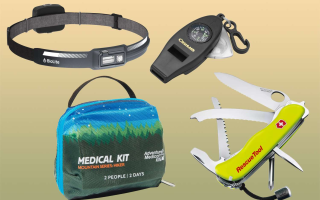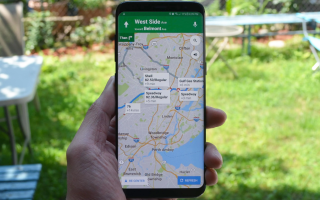Planning your first hiking route can be both thrilling and daunting. Rest assured, it needn’t be complicated. By following these systematic steps, you’ll confidently design a safe, enjoyable route suited to your abilities, laying a solid foundation for your hiking journey.
Step One: Honestly Assess Your Capabilities
This forms the cornerstone of all planning. Ask yourself three questions:
What is my fitness level? Do I exercise regularly? How long can I sustain brisk walking?
What is my experience? Am I a complete novice, or have I done simple park walks before?
What gear do I have? Do I own proper hiking boots?
Beginner’s rule: Play it safe, safe, safe. It’s better to complete an easy route perfectly than attempt a difficult one only to give up midway or face risks.
Step Two: Utilise Reliable Resources to Find Routes
Do not arbitrarily ‘pioneer’ routes, especially on your first attempt.
Hiking Apps/Websites: Use specialised apps like ‘Two Steps Road’ or ‘Six Feet’, which feature countless established tracks, photos, and reviews shared by fellow hikers. You can clearly see the route’s total length, cumulative ascent, and estimated duration.
Travel Platforms/Blogs: Search ‘city name + beginner hiking’ on platforms like Mafengwo or Xiaohongshu for extensive firsthand accounts.
Official Park Information: For destinations like national forest parks, consult the official website’s recommended routes.
Keyword Screening: Seek trails labelled ‘leisurely,’ ‘family-friendly,’ ‘beginner,’ or ‘scenic walk.’
Step Three: Interpreting Key Route Parameters
Once you’ve identified several potential routes, understand these metrics:
Hiking Distance: Beginners should aim for 5-8 kilometres.
Cumulative Ascent: This is a more critical metric than distance! It indicates the total elevation gain over the entire route. For your first hike, select an ascent under 300 metres.
Estimated Duration: Use the app’s average time as a guide, adding an extra 1-1.5 hours buffer for beginners.
Terrain Description: Is it paved paths, dirt tracks, or rugged mountain trails requiring hands-on navigation? For your first hike, select well-established routes with clear signage.
Step Four: Plan meticulously to ensure nothing is overlooked
Weather check: Re-check the mountain weather forecast the day before and on the morning of your hike. If rain, thunderstorms, heavy fog or other adverse conditions are forecast, decisively cancel or alter your plans.
Transportation: How will you reach the trailhead? Public transport, driving (are the start and end points a loop? If not, consider vehicle collection), or a hired vehicle?
Time Management: Always depart early! Ensure ample time to complete the hike before sunset. Calculate your schedule precisely and inform family or friends of your detailed plan (including route links and estimated return time).
Equipment and Supplies: Prepare gear according to route length and weather conditions (refer to the equipment checklist article) and carry sufficient drinking water and trail snacks.
Embrace the unexpected and savour the journey
Even the most meticulous plans may encounter unforeseen circumstances. Perhaps a solitary wildflower will captivate you for moments, or a breathtaking vista will linger in your memory. Planning exists not for rigid adherence, but to equip you with the confidence and capability to navigate life’s twists and turns. Now, begin planning your first hike – the mountains beckon!



